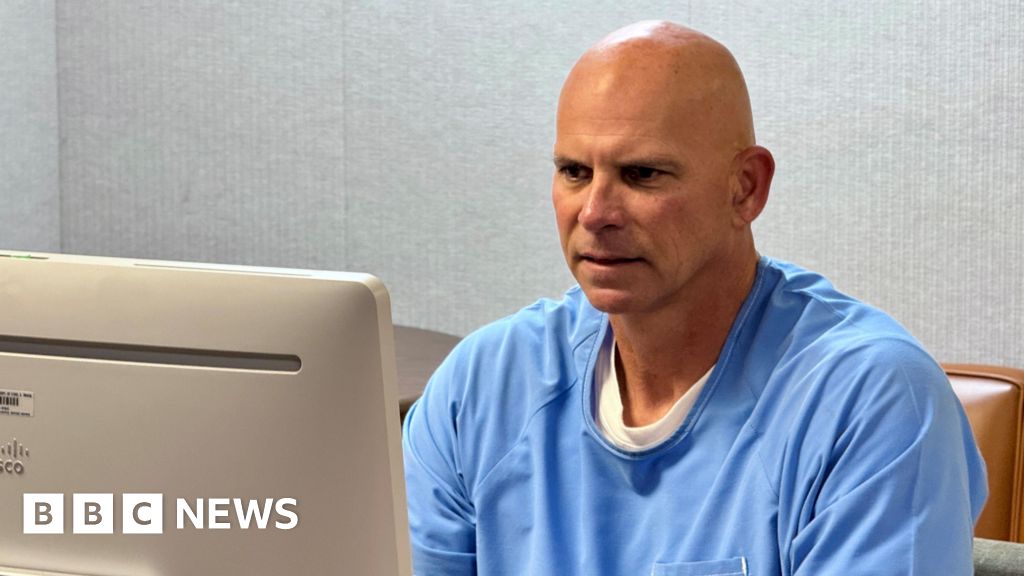Stop trying to ‘feel confident’

When professionals tell me they want to be “more confident,” I usually give an answer that catches them off guard. “I have no interest in helping you feel confident,” I say. “None whatsoever.”
That tends to get their attention. Especially because—as a coach to CEOs, presidential candidates, and professionals across industries—I’ve seen what actually builds confidence, and it’s not waiting around for the right feeling to arrive. Instead, confidence is a behavior. It’s something you can do.
If you’ve ever walked out of a meeting thinking, “I knew what I wanted to say—I just didn’t say it right,” this shift might be the key to your growth. You don’t need to feel confident to sound confident. And if you learn how to do the latter, the former often follows.
The real reason “don’t be nervous” never works
There’s a moment early in nearly every coaching relationship where someone tells me about a past flop—an interview, a pitch, a panel presentation where they froze or rambled. They’ll say something like, “I just wasn’t confident,” and assume the solution is to fix how they felt.
But that’s a mistake. Trying to improve your performance by fixating on feelings with ineffective self-talk like “don’t be nervous” or “don’t think about your imposter syndrome” is a textbook case of thought suppression—the mental equivalent of telling yourself, “don’t think about a pink elephant.” You do. Every time. That’s how the brain works.
The more you try to suppress feelings of anxiety or awkwardness, the louder those feelings tend to get. It’s not your fault. It’s neuroscience. But it is your responsibility to approach communication differently if you want different results.
You don’t need inner confidence. You need outer tools.
Let me tell you about Jim. Jim was a midlevel marketing executive with great ideas and terrible delivery. He’d mumble, rush, and avert his gaze any time a high-stakes moment arrived. His team loved him, but they couldn’t put him in front of clients. He was passed over for leadership roles, because his physical and vocal presence screamed, “I don’t belong here.”
Jim didn’t need therapy. He didn’t need a new personality. He needed tools. One of them was a wine cork.
Yes, a cork.
Jim started practicing his key messages with a cork between his teeth; the impediment of the cork forced him to work harder to enunciate. He had to open his mouth, breathe more, and move his lips with intention. It didn’t take long before something clicked: he wasn’t worrying about sounding confident anymore. He was sounding confident.
And just as important? His team noticed. So did his boss. Jim got promoted.
What to do instead of “trying to be confident”
Here are three tools from my book Don’t Say Um that anyone can use to build communication confidence physically—not emotionally. The first tool (the same one Jim learned) is a time-tested one that goes back thousands of years; the others are ones I invented working with executives in high-stakes communication situations over the last two decades.
- The Cork Drill
Take a sliver of a wine cork (or a pencil, the tip of your finger, or a soft candy) and place it gently between your teeth, just on the side of your incisors. Use this object as an impediment and read aloud from a paragraph or practice a short pitch. Force yourself to enunciate as expressively as needed to enunciate every syllable. Then take the impediment out—and notice how much clearer and more resonant you sound.
- The Lego Drill
This drill is about building your tolerance for silence—a key behavior of exuding confidence. Grab a few Lego (or Duplo) blocks and place them on your desk. Pick one up, and while holding it, speak one complete thought. When you finish that thought, place the block down in silence. Only after the block is clicked into place can you pick up the next one and deliver your next thought.
This simple, tactile ritual forces you to pause, breathe, and reset between thoughts. It trains you to slow down and get comfortable with the kind of deliberate silence that powerful speakers know how to wield. Because when you stop filling every gap with “um” or nervous rambling, you actually have time to evaluate what you want to say and what your audience needs to hear.
- Silent Storytelling
One of the quickest ways to unlock free and released gestures is to tell a story with your body—without saying a word. Try to explain how you make coffee in the morning, or what your commute looks like, or what happened yesterday at work—but do it without making a sound. Mouth the words, allow expressions on your face, and move your hands as expressively as necessary to communicate your ideas, but do so silently. (You can think of this like being muted on TV.).
You’ll find your hands and face moving naturally describing shape, motion, sequence, or scale. That’s silent storytelling. It bypasses self-consciousness and trains the body to express clearly, without overthinking. When you do speak again, your gestures will feel more connected, less stiff, and more expressive—not because you “got them right,” but because you got out of their way.
Confidence isn’t a prerequisite for good communication. It’s often the result. So stop trying to feel confident. And start doing what communicators do when they feel confident.
What's Your Reaction?
 Like
0
Like
0
 Dislike
0
Dislike
0
 Love
0
Love
0
 Funny
0
Funny
0
 Angry
0
Angry
0
 Sad
0
Sad
0
 Wow
0
Wow
0





























































































